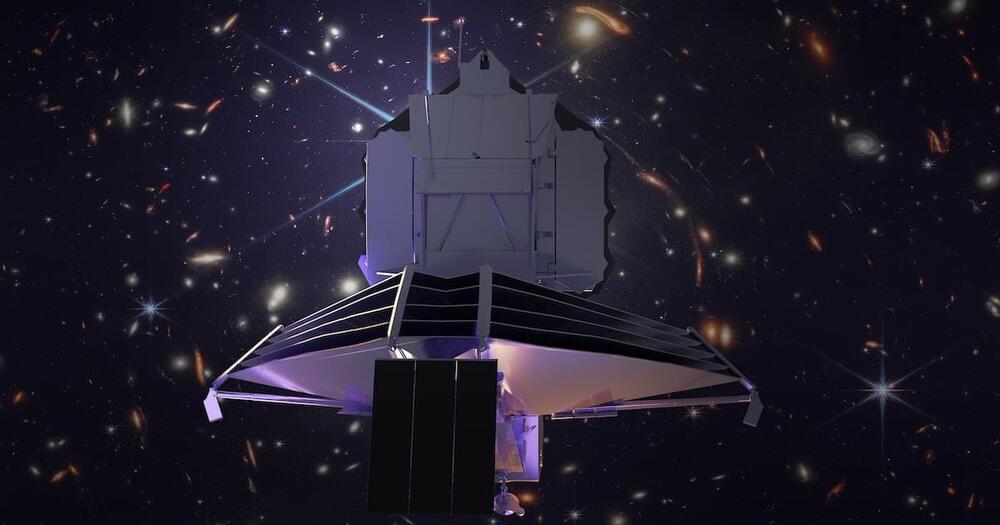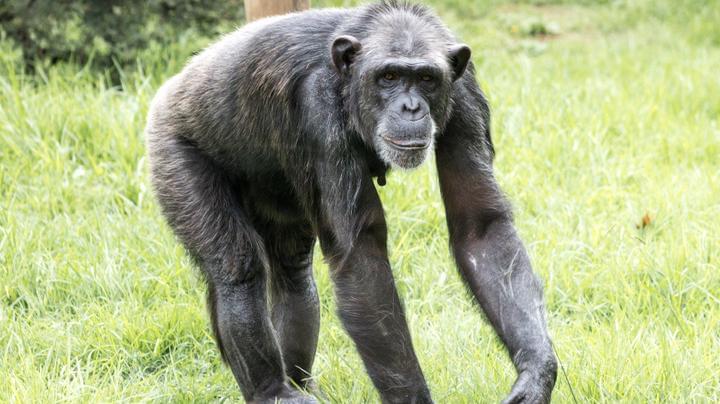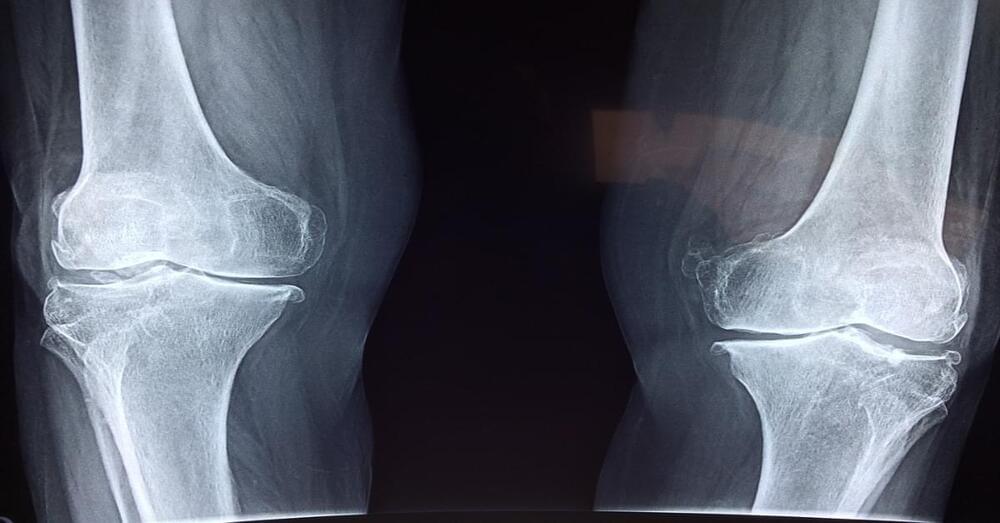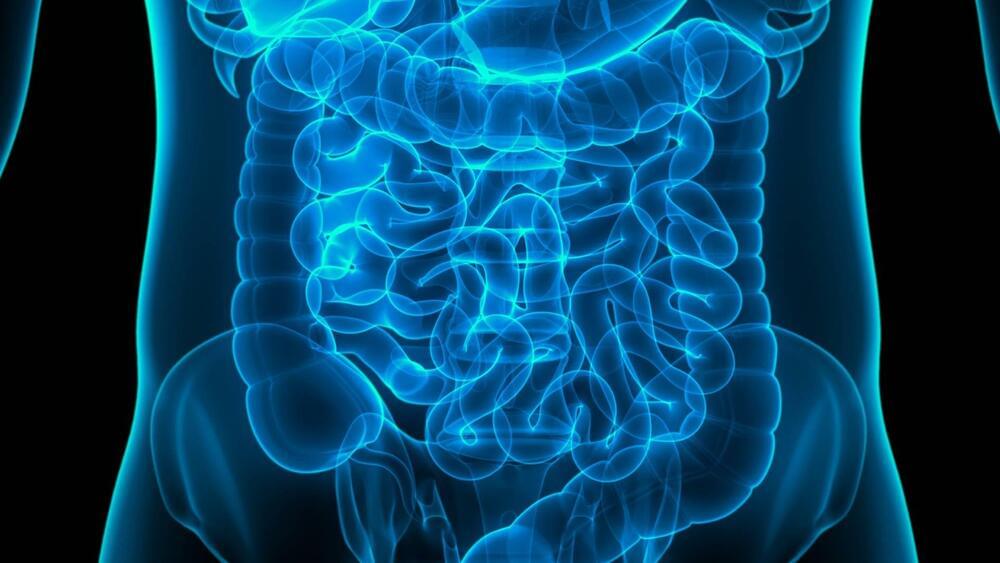Google has unveiled a new artificial intelligence chatbot tool dubbed “Bard” in an apparent bid to compete with the viral success of ChatGPT.
Sundar Pichai, CEO of Google and parent company Alphabet, said in a blog post that Bard will be opened up to “trusted testers” starting Monday (local time), with plans to make it available to the public “in the coming weeks.”
Like ChatGPT, which was released publicly in late November by AI research company OpenAI, Bard is built on a large language model.









